1. The Birth of the Disco Era
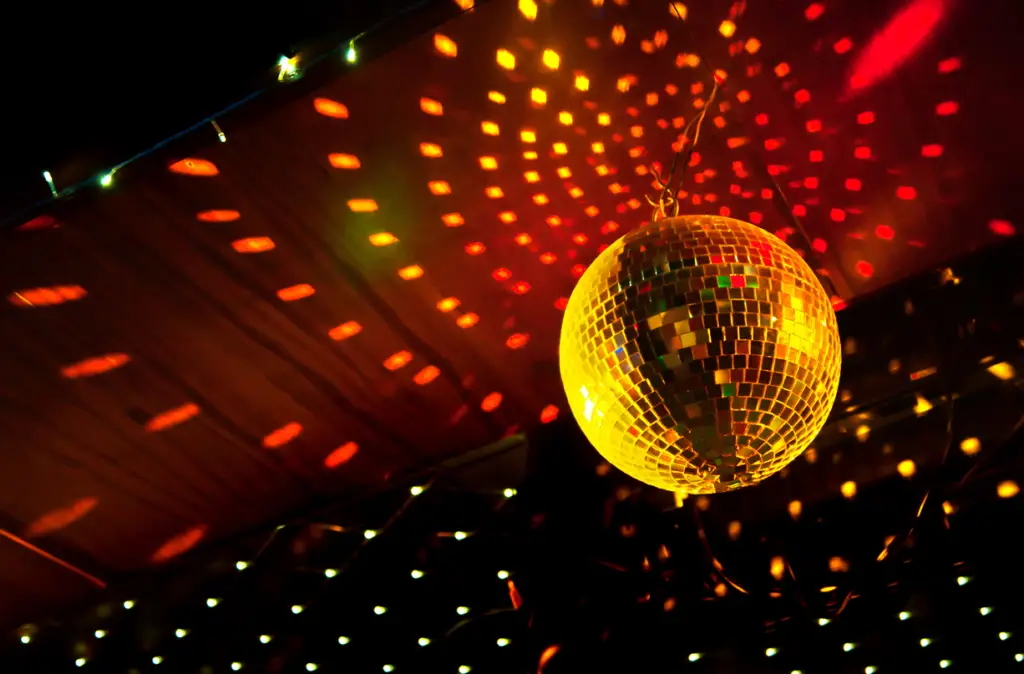
Disco was more than just a music genre; it was a movement that embodied the spirit of the 1970s. With beats that made you move, flashy fashion, and epic clubs like Studio 54, disco music was a cultural powerhouse. It filled dance floors with tracks like “Stayin’ Alive” and “Le Freak,” but it also unified people across social lines. For a brief time, disco wasn’t just music, it was a lifestyle—one that opened up a whole new world of self-expression before fading into the background in the 80s.
2. Evel Knievel’s Stunts
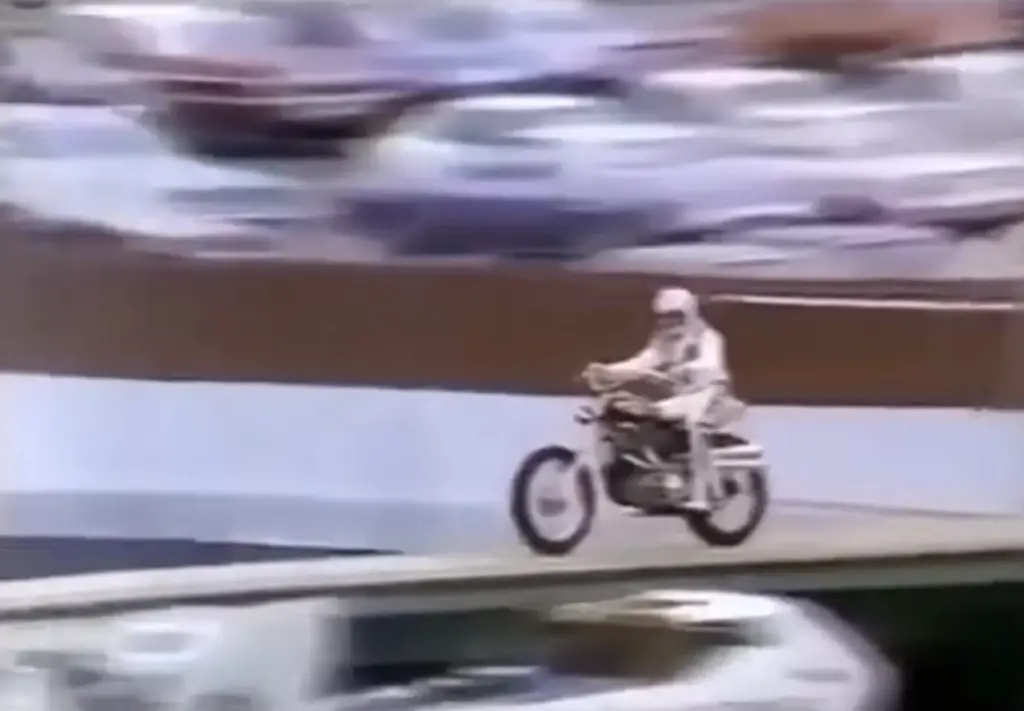
Nothing said daring quite like Evel Knievel, the stuntman whose motorcycle jumps over cars, buses, and even canyons captivated millions. His larger-than-life personality and outrageous stunts made him a cultural phenomenon, and his televised jumps were can’t-miss events. But who could forget the infamous Snake River Canyon jump in 1974, where he attempted to fly across in a rocket-powered “Skycycle”? Knievel’s jumps pushed the limits of what seemed possible, even though they didn’t always end well.
3. The First Earth Day

In 1970, with pollution and environmental concerns on the rise, the first Earth Day rallied people to take care of the planet. College students, activists, and communities across the U.S. united for teach-ins, litter cleanups, and marches. This marked the beginning of the modern environmental movement, leading to changes like the Clean Air Act and the establishment of the EPA. While Earth Day is now an annual event, few remember the cultural impact that first one had on making “going green” a thing.
4. Pet Rocks—Yes, Really
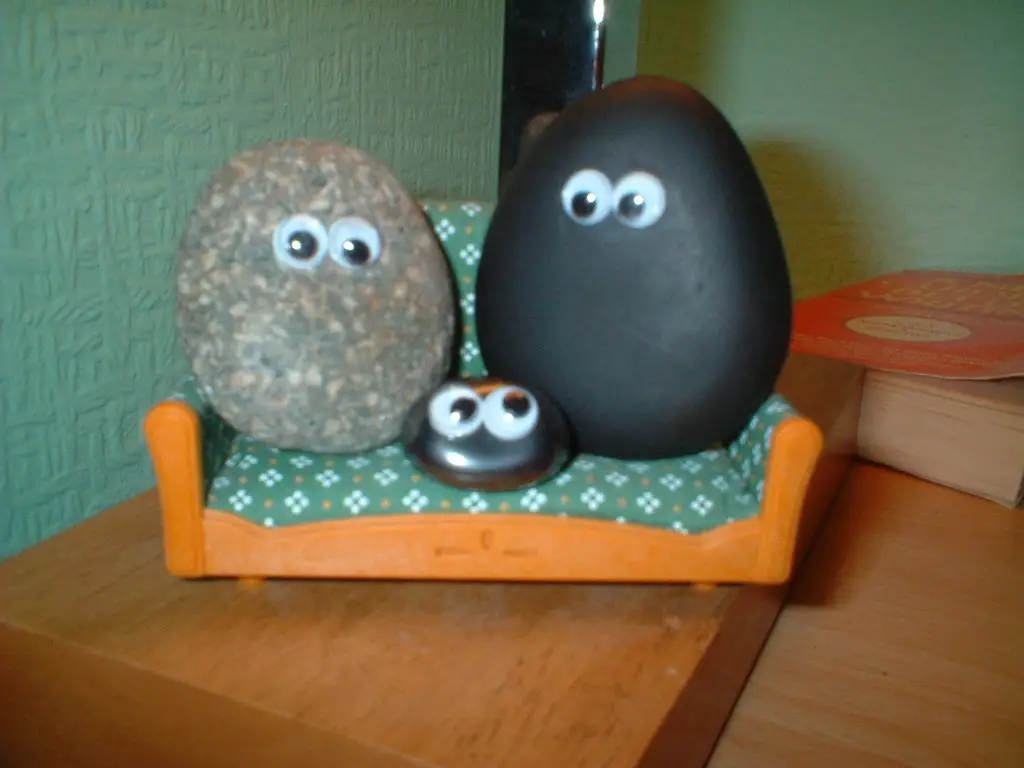
In 1975, an advertising executive had the odd yet brilliant idea to sell pet rocks as a joke—and people went nuts for it! These were literally just rocks in a cardboard box with air holes, complete with a manual on how to “care” for them. Pet Rocks tapped into the 70s spirit of novelty, humor, and irony, capturing imaginations nationwide. It’s a hilarious symbol of how a quirky fad could catch on and become one of the biggest crazes of the decade.
5. The Gas Crisis
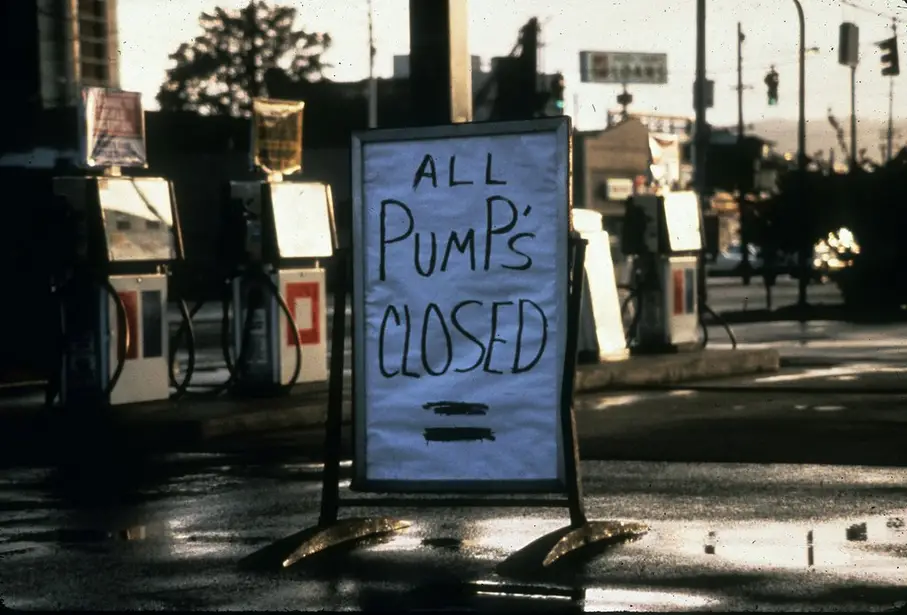
When we think of the 70s, we often forget the long gas lines and rationing that became part of daily life during the oil crisis. In 1973, political conflicts led to an oil embargo, and suddenly Americans were faced with skyrocketing gas prices and shortages. People lined up at gas stations, sometimes for hours, on “odd-even” days based on their license plates. The crisis made gas conservation mainstream, paving the way for smaller cars and environmental awareness in the years that followed.
6. CB Radio Craze
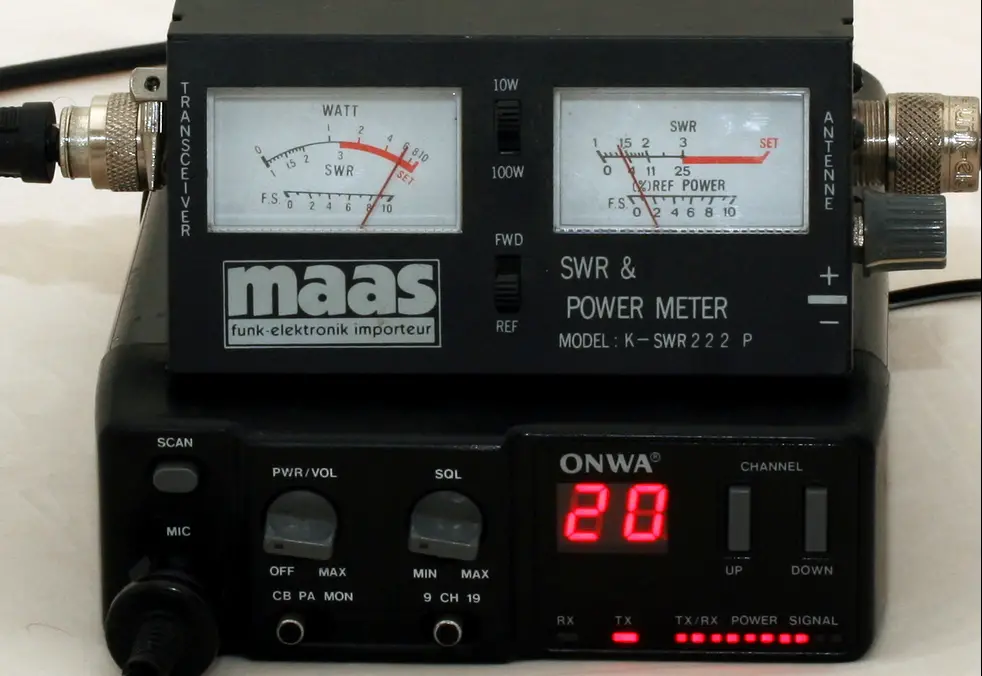
Citizens Band (CB) radios started as a tool for truckers but quickly became a nationwide obsession. With “handles” and unique lingo, people everywhere began chatting and even using CBs on road trips for real-time updates. Thanks to movies like Smokey and the Bandit and TV shows like Dukes of Hazzard, CB radios became iconic, letting everyone from teens to middle-aged parents live out their “outlaw” dreams—one “breaker, breaker” at a time.
7. Waterbeds
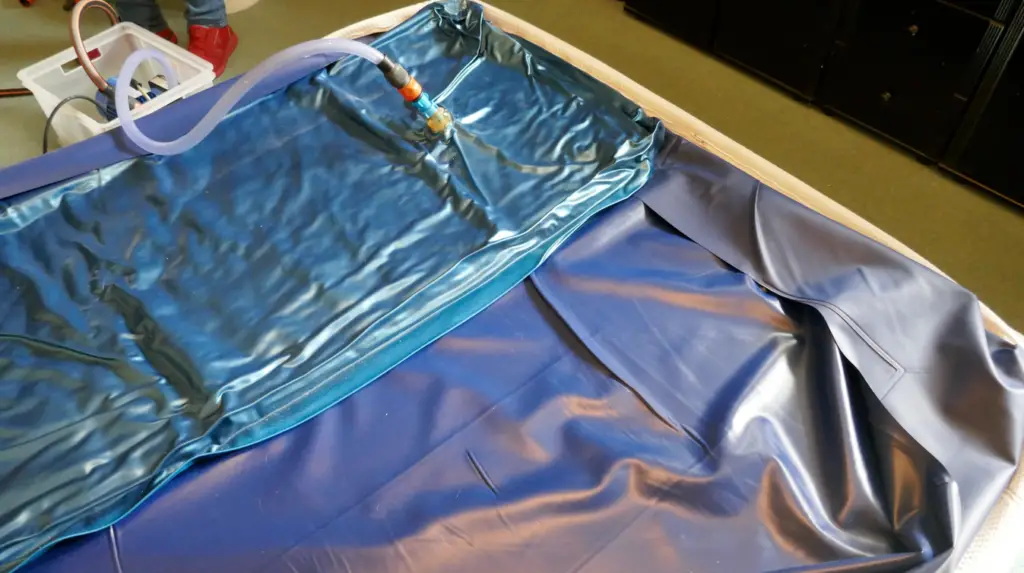
Comfortable? Debatable. Cool? Definitely. Waterbeds hit peak popularity in the 70s, especially with younger adults. Billed as a groovy new way to sleep, waterbeds were marketed as the ultimate relaxation device, often with flashy velvet covers and headboards. These “liquid luxury” beds were heavy, tough to fill, and leaked if you weren’t careful, but they were a must-have in many a bedroom, a status symbol and a quintessential piece of 70s furniture.
8. “Free to Be… You and Me”
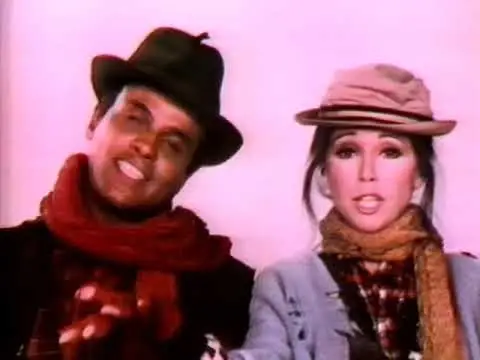
The 1970s embraced a new era of childhood empowerment, and the album and TV special Free to Be… You and Me was a hallmark of that. Created by Marlo Thomas, it encouraged kids to break free from gender stereotypes and celebrate individuality. With songs, stories, and skits that promoted kindness and understanding, it became a huge influence for a generation. Many remember it as the first time they were told it was okay to be exactly who they wanted to be.
9. “Battle of the Network Stars”
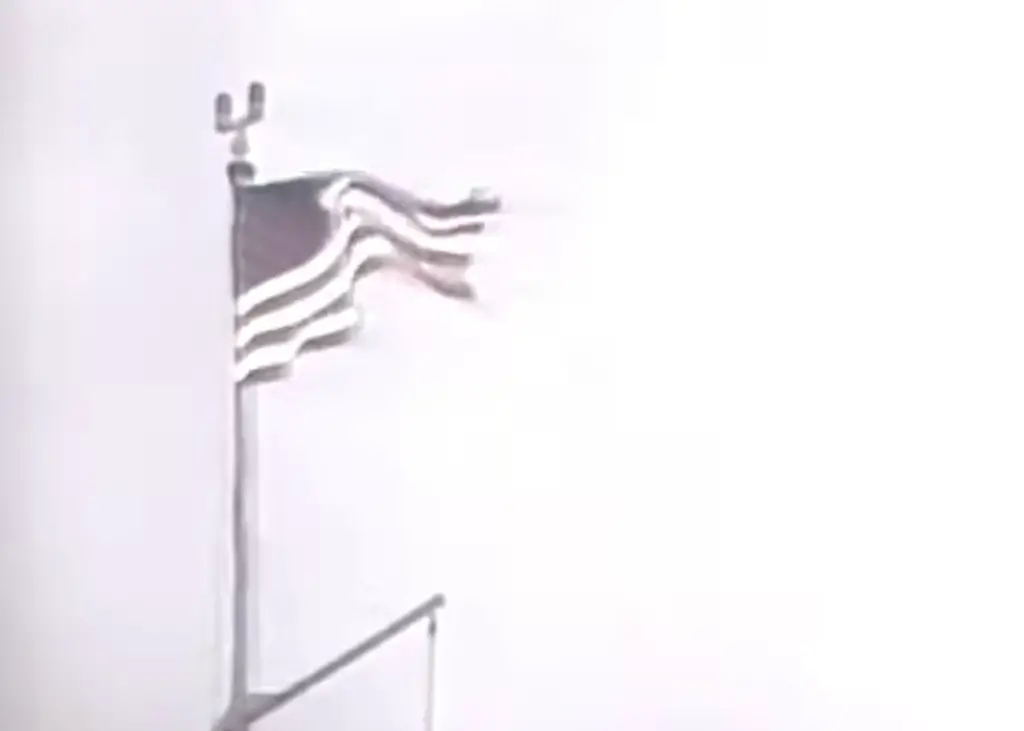
Before reality competition shows dominated TV, there was Battle of the Network Stars, where celebrities competed in silly sports challenges. Stars from ABC, CBS, and NBC gathered to battle it out in obstacle courses, tug-of-war, and relay races. It was lighthearted and low-stakes, but seeing big-name actors and personalities outside their usual roles was a treat, making it a fun, unifying show for audiences in a simpler era of TV.
10. The Rise of Self-Help Books

The 70s were the dawn of the self-help era, with books like I’m OK—You’re OK and Your Erroneous Zones climbing the bestseller charts. With people questioning traditional norms and seeking more personal fulfillment, self-help books became a roadmap to living better and happier. They were a cultural shift toward individual empowerment and a precursor to today’s self-improvement industry, showing people it was okay to strive for a different kind of success.
11. Pong—The First Big Video Game
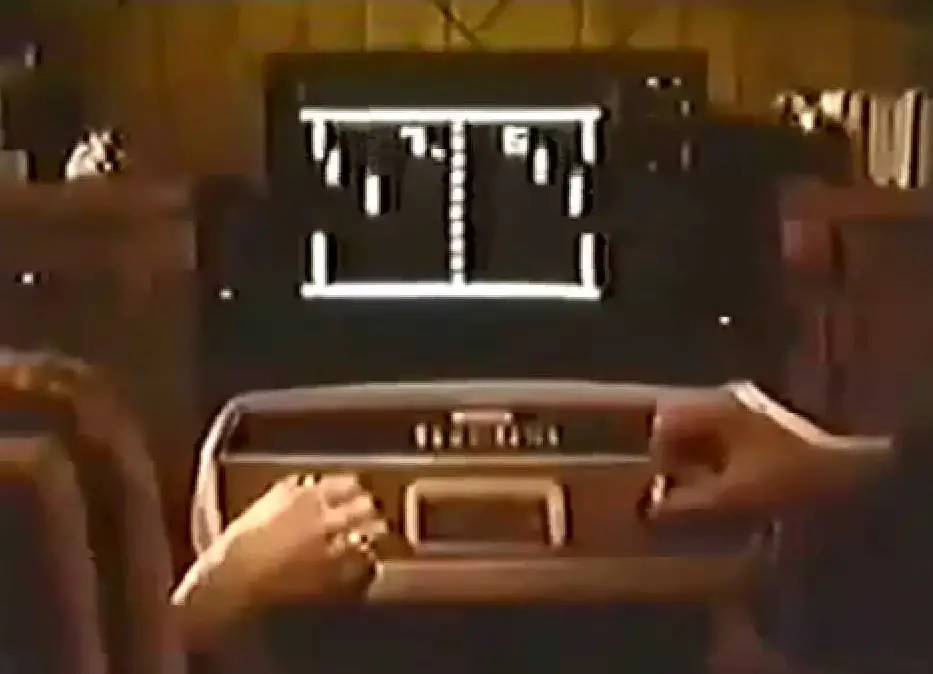
When Pong came out, it changed everything. Suddenly, there were arcade games that weren’t just pinball, and people could play a game in their own homes. Pong was just two paddles and a ball on a screen, but it fascinated kids and adults alike. It introduced the world to the concept of home gaming, paving the way for the industry we know today. Who would have thought two bouncing lines and a dot would kick off such a massive cultural shift?
12. The End of the Vietnam War
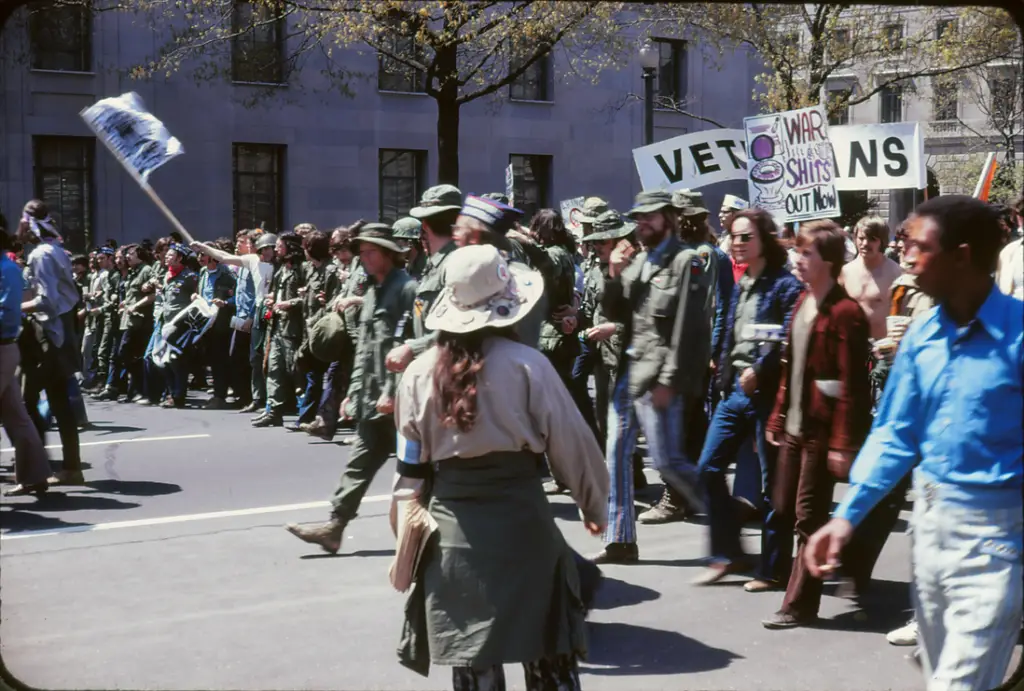
The Vietnam War loomed heavily over the early part of the 70s, sparking protests, dividing public opinion, and leaving lasting scars. When the war officially ended in 1975, it marked more than just a conclusion to conflict—it was the end of a deeply unsettling chapter in U.S. history. The country wrestled with understanding the cost of war, and many Americans began to rethink the role of government and power. The war’s end was a bittersweet moment that brought relief and a hope for healing, leaving a mark on the collective American consciousness.
13. TV Dinners
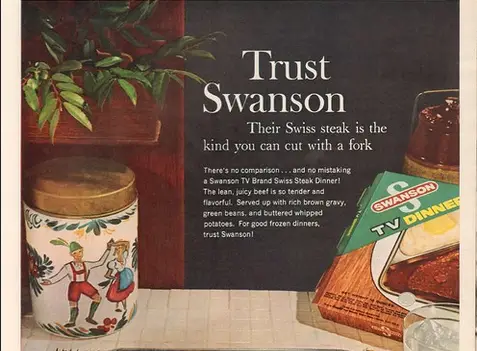
While TV dinners first came out in the 50s, they became a 70s staple as more families got televisions and busier schedules. Salisbury steak, mashed potatoes, and corn were packed in those little foil trays, making them easy and convenient for families on the go. Sitting in front of the TV for dinner felt a little rebellious and a little exciting, and it reflected a shift in how Americans ate, enjoyed entertainment, and managed their time.
14. The Bicentennial Celebration
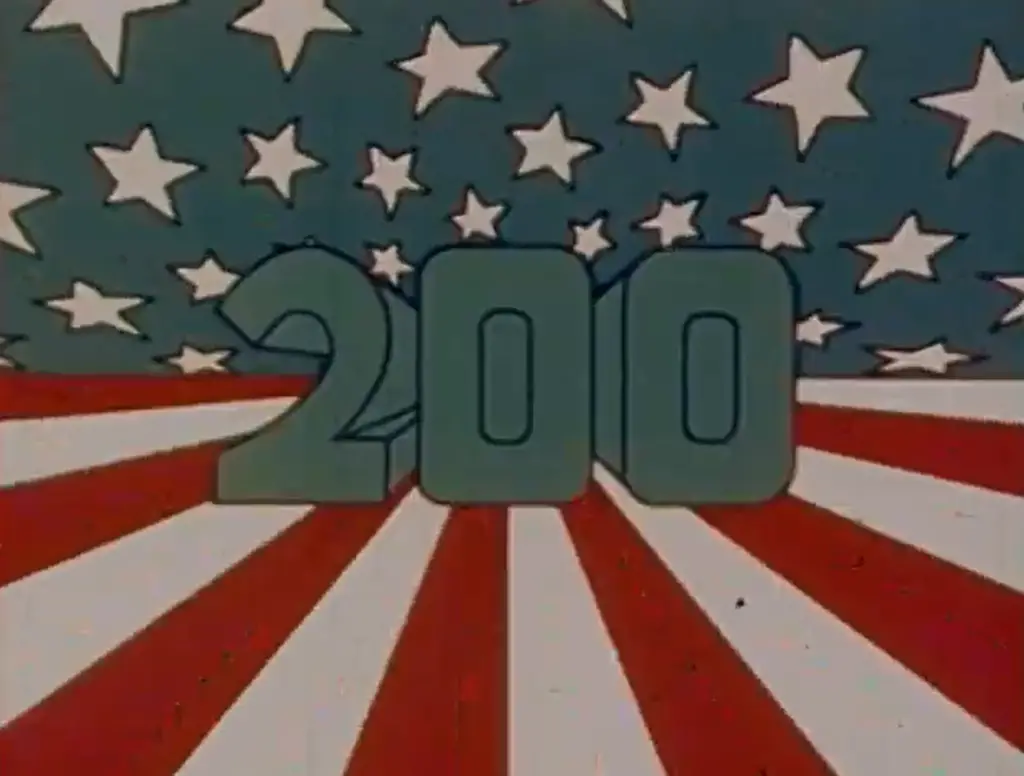
In 1976, the United States celebrated its 200th birthday, and Americans came together in a patriotic outpouring that reminded them of shared values. Parades, fireworks, and themed everything brought the spirit of the Bicentennial to life. From decorations in homes to special television programs, the Bicentennial was more than just a party—it was a much-needed reminder of unity after a decade marked by upheaval, scandal, and change. It reinforced a sense of pride and optimism and gave Americans a chance to reflect on the nation’s journey and where it was headed.
Nostalgia has a way of bringing back the little things, and for those who lived through the 70s, it’s amazing to think about how these moments helped shape who we are today.


